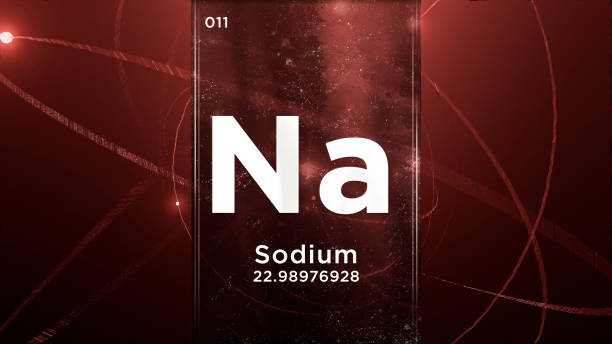Sodium
sodium (Na), chemical element of the alkali metal group (Group 1 [Ia]) of the periodic table. Sodium is a very soft silvery-white metal. Sodium is the most common alkali metal and the sixth most abundant element on Earth, comprising 2.8 percent of Earth's crust.
Sodium is used in the production of titanium, sodamide, sodium cyanide, sodium peroxide, and sodium hydride. Liquid sodium has been used as a coolant for nuclear reactors. Sodium vapor is used in streetlights and produces a brilliant yellow light.

